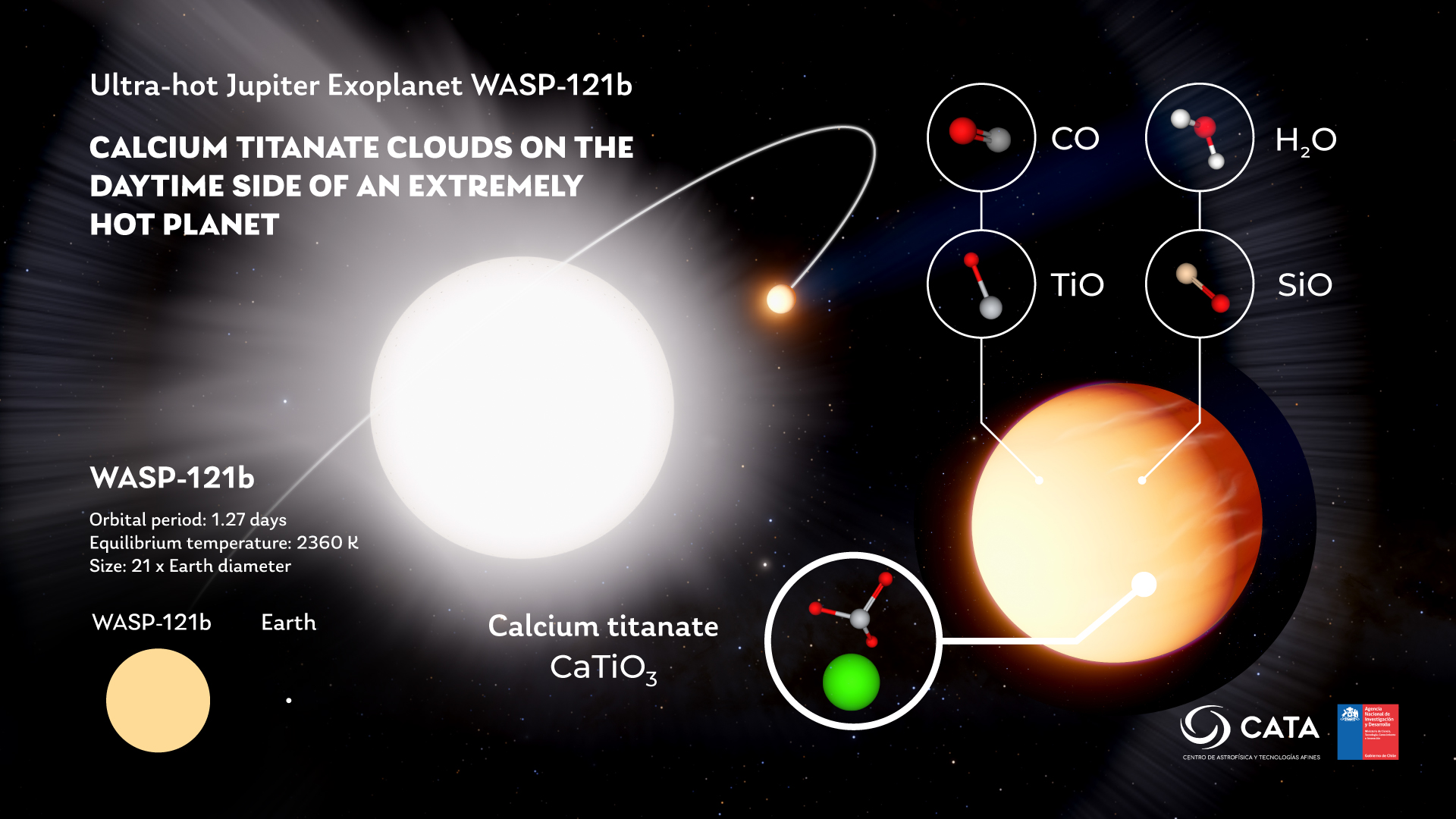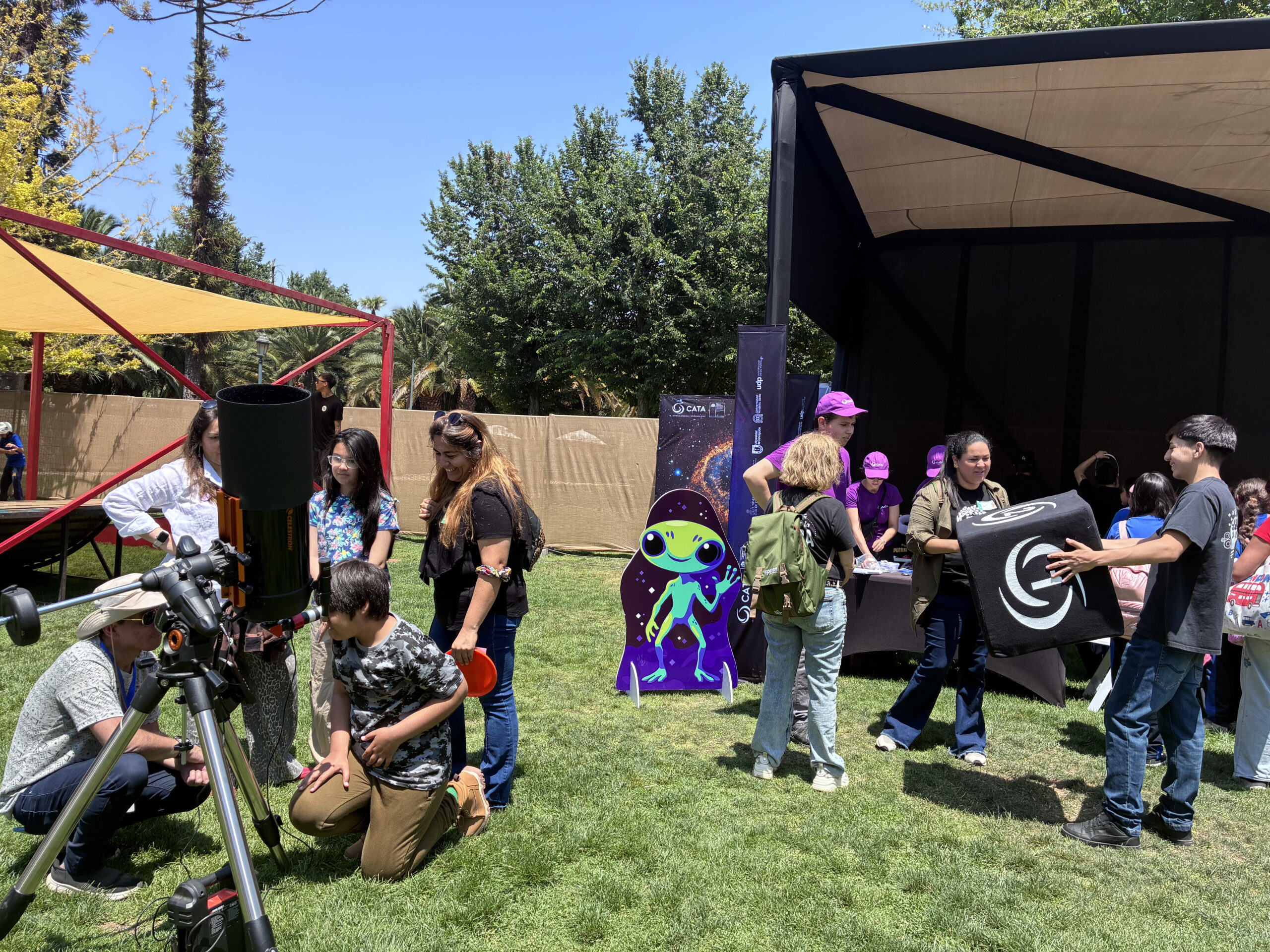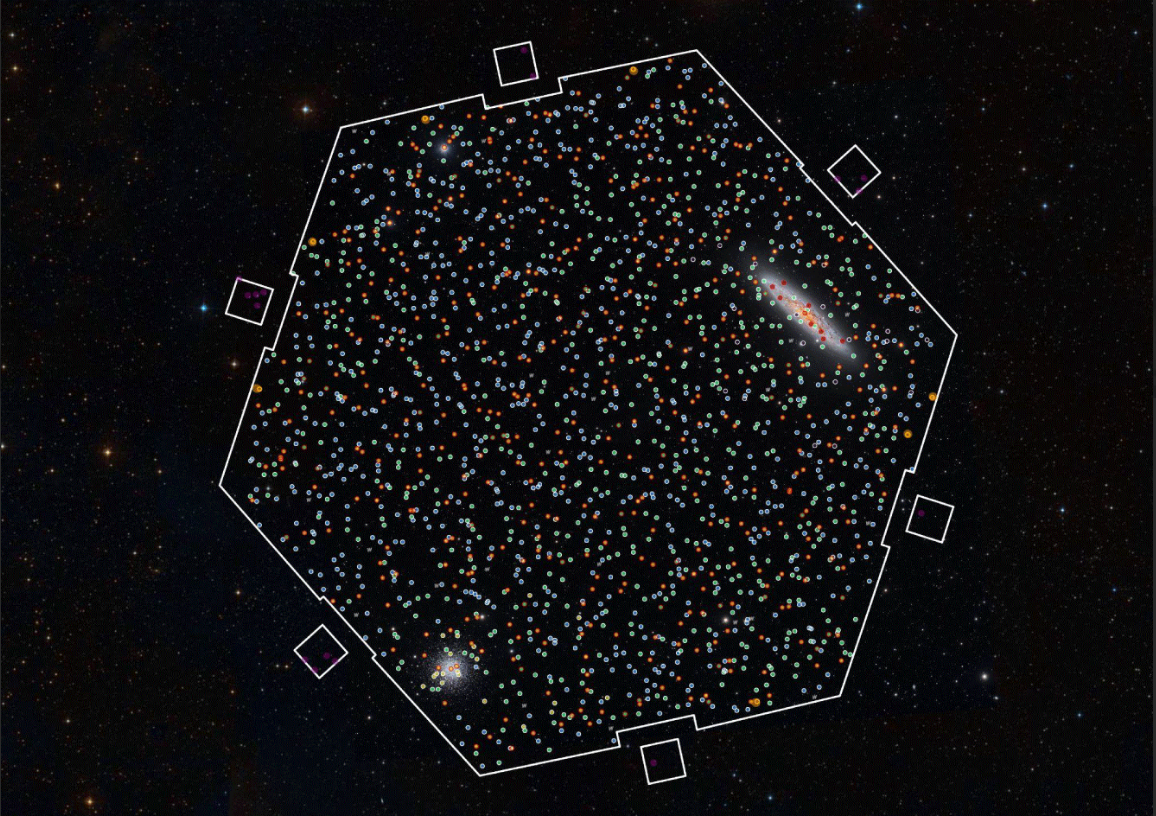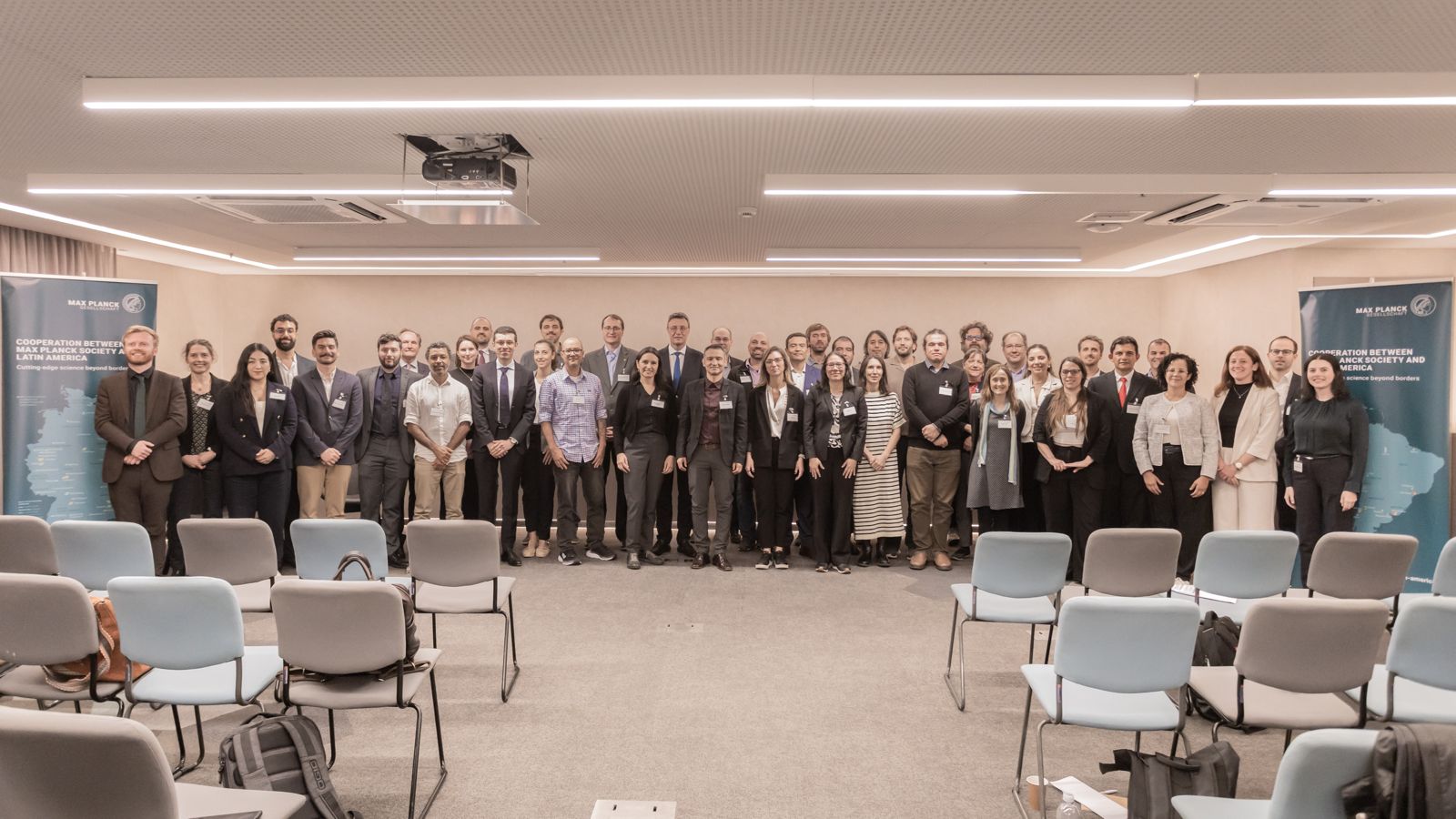
CATA researchers lead ranking of the best scientists in physics
Professionals from the Center for Astrophysics and Related Technologies top the list of Research.com's "Best Physics Scientists" ranking at the national level, which highlights publications in the field of Physics and their impact worldwide.
For the third consecutive time, CATA researchers are recognized among the best in their fields at national level, achieving outstanding positions internationally, following the recent publication of the Research.com ranking. The ranking presents the world’s best scientists in various disciplines of knowledge whose publications are a contribution to future work, allowing further progress in various scientific areas, especially for astrophysics and the astronomical community.
For this list, bibliometric data up to November 2023 were considered, whose position includes exclusively articles and citations within the discipline examined. Hence the importance of the recognition received by professionals linked to CATA in a new edition of the ranking “Best Physics Scientists,” created and published by the site research.com, which chooses the best researchers in their respective disciplines, among a universe of more than fifty thousand professionals worldwide.
A nivel nacional, cuatro investigadores del CATA destacan en los primeros lugares, entre ellos Franz Bauer y Dante Minniti en el primer y segundo lugar, junto a Ezequiel Treister, en el sexto y Manuela Zoccali, en la octava posición.
For Ezequiel Treister, Director of CATA, “the important thing is not only that it values the quantity of publications made, but also highlights their quality, as measured by the citations made by other researchers. This is excellent news because it ratifies the good work we are doing at the Center. We had set very high goals for scientific productivity, expecting more than 200 publications per year, which have already been amply surpassed, but we are also very pleased with the impact they generate in the astronomical community”, emphasizes the director.
This is in line with Research.com’s approach to this list, an initiative that seeks to motivate academics, companies and politicians around the world to examine where the best experts are heading so that the entire research community can discover who are the main references in their disciplines, both internationally and within national research institutions.
CATA’s success
The recognition has been valued by CATA researchers, not only for the prestige it generates, but also for the impact it may have in the future. As detailed by Franz Bauer, research associate and professor at Pontificia Universidad Católica.
“It validates and celebrates years of dedication, effort and significant contributions to the field of astronomy and highlights not only the impact of my work in the scientific community, but also that of my team at PUC and the strength of the collaborations I have formed over the years. We hope that this recognition will have a positive impact for CATA, increasing its visibility and prestige in the international scientific community. It may motivate researchers and students to continue conducting high-level research, contributing to the advancement of knowledge and maintaining a commitment to scientific excellence. It can also motivate to attract new collaborations, funding and talent to the institute”.
The interests of this award-winning professional focus on the study of active galaxy nuclei, their demography and evolution, as well as the structure and evolution of supermassive black holes, supernovae and transient phenomena.
Meanwhile, Dante Minniti, principal investigator of CATA and Director of the Astrophysics Institute of the Andrés Bello University specializing in Exoplanets and Astrobiology, emphasized the challenge that this achievement also implies. “We are living in extraordinary times in the era of big data and artificial intelligence, with great challenges that go far beyond expertise. At CATA we participate in this era of revolutionary discoveries in astrophysics as explorers and scientific educators. Therefore, I think it is also a nice recognition for our Center, where we are very excited doing science, dissemination and of course teaching to train the scientists of the future”, details the astronomer who works in the search for extrasolar planets, having found about twenty of them to date.
The collaborative factor associated with publications is a fundamental aspect of these achievements, as highlighted by Ezequiel Treister, within the pillars that the institution has set out to strengthen. “There are at least two or three major projects that we are doing at CATA that are part of large-scale collaborations and that reflect the leadership of our researchers worldwide. In addition, we are targeting seven areas where we are studying everything from the large-scale universe to the solar system to asteroids and meteorites. And we are proud that CATA’s presence in this ranking is given with transversal research in all these areas, that is to say, we leave a footprint for future studies”, explains the researcher also belonging to the Pontificia Universidad Católica, whose specialty is based on supermassive black holes and the evolution of galaxies.
Manuela Zoccali, a researcher associated with the Center and professor at the PUC, highlights this aspect. “We have made a lot of progress in this area in recent years, but indicators like this also show that there is still a long way to go. Astronomy in Chile is consolidated worldwide, thanks to the observatories, but also thanks to the collaborative funding of institutions such as CATA and MAS, which have been and continue to be key to enable the development of the local community. I am happy to be in the ranking, although the number and impact of my publications are only one aspect of my scientific work, and do not necessarily reflect the whole film”, emphasizes the astronomer who focuses her work on investigating the stars of the central region of the Milky Way. Its goal is to elucidate the formation process of spiral galaxies like ours, focusing on the observation and analysis of the oldest populations of stars.
The Center for Astrophysics and Related Technologies has more than 60 professionals from principal investigators to graduate students who carry out extensive collaborative work, which must be coordinated in both its structure and funding. For Director Ezequiel Treister “in Chile we have a very extensive technical and telescope infrastructure and we are privileged to have access to it. Just as we need to coordinate that part, we must also provide the technical, human and resource possibilities to support research that may take five or ten years and, in that aspect, the role of CATA is fundamental to give that support and achieve those objectives. I am personally happy to be part of this outstanding worldwide ranking, but what gives me most satisfaction is to see that this shows that we are on the right track and that we are doing things well at CATA”, he concludes.
To learn more about our research and statistics, please click on the following link: Publications
Recent news
-
 Publicado el: 12/12/2025Call for applications for the CATA Emprende 2026 program now open
Publicado el: 12/12/2025Call for applications for the CATA Emprende 2026 program now open -
 Publicado el: 09/12/2025CATA researchers detect titanate clouds on ultra-hot exoplanet
Publicado el: 09/12/2025CATA researchers detect titanate clouds on ultra-hot exoplanet -
 Publicado el: 05/12/2025CATA launches Applied Research Fund 2026
Publicado el: 05/12/2025CATA launches Applied Research Fund 2026 -
 Publicado el: 01/12/2025The astronomical experience was part of the 4th Ladera Sur Festival.
Publicado el: 01/12/2025The astronomical experience was part of the 4th Ladera Sur Festival. -
 Publicado el: 25/11/2025Students from Angol held an astronomy workshop with CATA
Publicado el: 25/11/2025Students from Angol held an astronomy workshop with CATA
Categories list
- Acknowledgments 21
- Astrobiology 6
- AstroCluster 1
- Black holes 18
- Corporativo 57
- Cosmology 5
- Descubrimientos 23
- Disclosure 73
- Exoplanets 14
- Extension 6
- Galaxies 21
- Galaxies formation 5
- Inter y Transdisciplina 4
- Local Universe 16
- Publications 6
- Sin categorizar 34
- Solar System 21
- Stellar formation 8
- Technology 16
- Technology Transfer 18


